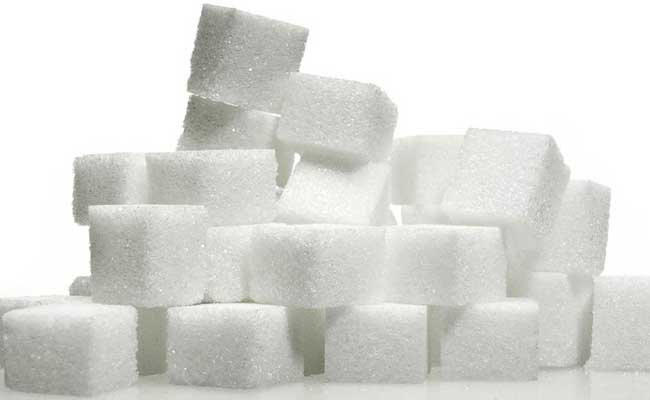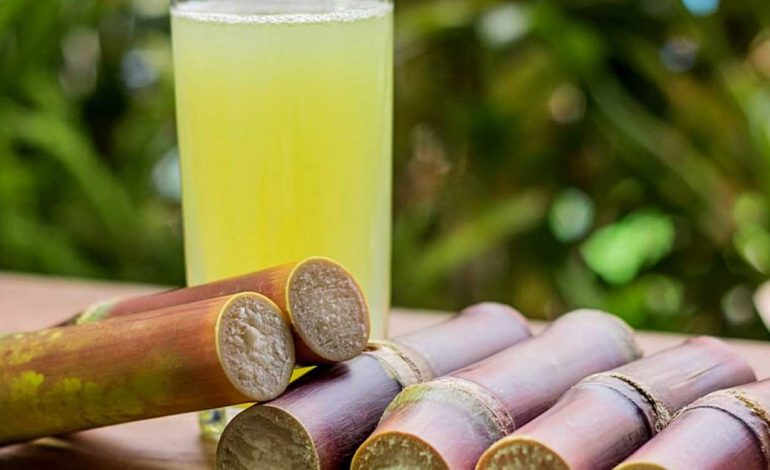Sugar is one of the most commonly used commodities in the world, and countries with suitable climates located in the tropics are some of the largest producers of it. The history of this particular island in the tropics has been bound by the epic story of sugar for 300 years. Yet over 1000 years ago, sugar was already well known to the Indians and Chinese. As a valuable commodity, sugar travelled from the Far East, and Middle East, to the gates of the Mediterranean, was transported by Greek and Arab conquerors, introduced to the West by the Crusaders, and sold for the price of gold by Venetian merchants in the 19th century.

Under British occupation, the sugar industry thrived in Mauritius. The first governor, Robert Townsend Farquhar, brought about rapid social and economic change. Slavery was abolished on February 1, 1835, and the planters were compensated in the amount of two million pounds sterling for the loss of their slaves who had been imported from Africa and Madagascar during the period of French occupation. Sugar plantations increased, more sugar factories were built, and they became more efficient with the introduction of new technology as competition grew. Preferential prices for sugar exports to Britain were negotiated, and sugar became a very important commodity.


